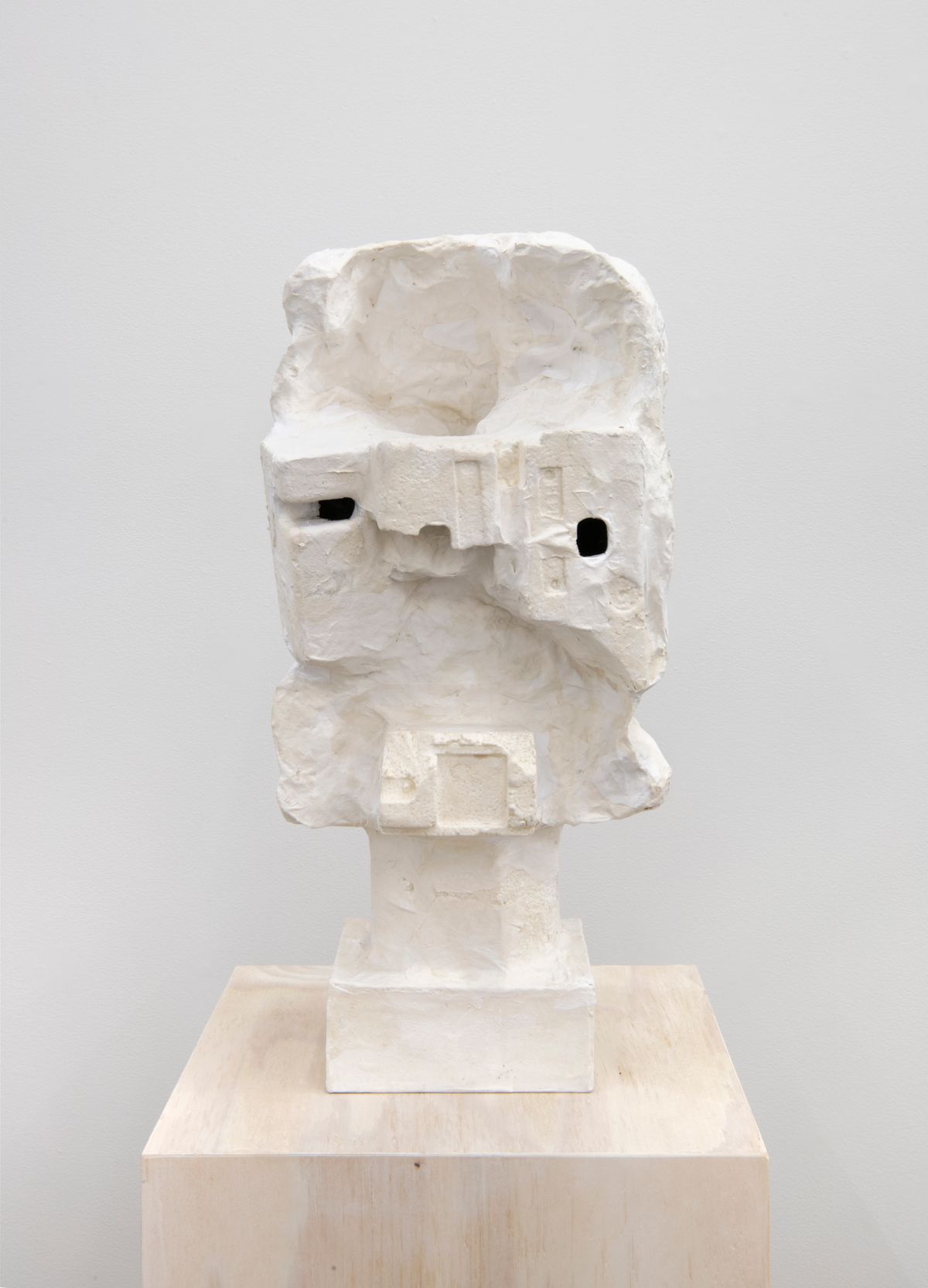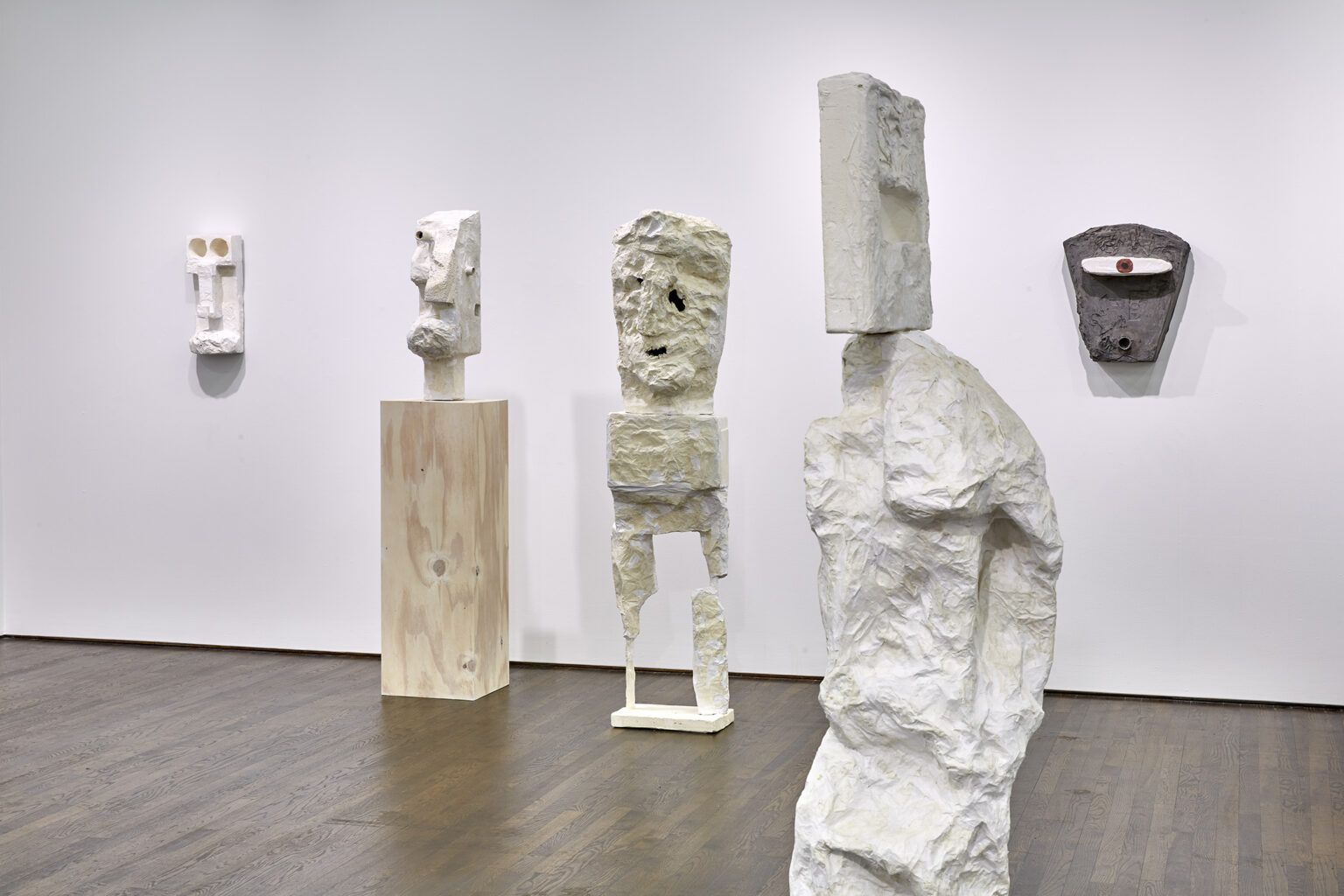Conversation with Carol Bruns
Interview with the recipient of the March edition of myma artist grant, Carol Bruns.
The recipient of the March edition of myma artist grant is Carol Bruns. Carol Bruns is a Brooklyn-based artist known for her unique sculptures and drawings. Born in Des Moines, Iowa in 1943, she studied fine arts at NYU, the Art Students League in NYC, and l’Academie de La Grande Chaumiere in Paris. Her work often uses materials like styrofoam and laminated paper to explore themes of industrialization and nature. Bruns has exhibited widely, with recent shows at Zurcher Gallery and White Columns, and has received several grants and residencies. myma's Anna Berghuis spoke to Carol to discuss her creative process and the influences behind her work. Tune in below.
You mentioned improvisation as a key aspect of your artistic process. How does improvisation play a role in your work, and what does it signify to you?
Although I begin a sculpture with a ballpoint sketch, it's no more than a thought and direction. Starting to work, things move along intuitively, evolving into montages that are a form of experience where time is in an organic flow, variable and differential, in distinction to mechanized and intellectualized time. In this way its process of improvisation is a political and aesthetic stance, cooperating with its object world instead of imperially seeking to control and dominate it. Surprisingly, there's a consistency or at least threads to what I like to look at, and what I consider finished, work that feels authentic to me and coming from a deeper place than simply the will.

Can you describe a particularly memorable exhibition or project that stands out in your career so far, and what made it special to you?
In the summer of 2023 White Columns selected my work from their artists' registry for a solo exhibition, the first solo that I had in Manhattan in my fifty-five years of making art. After so long a time of art world no's, this yes was a wonderful shock. The entire experience, including curators and staff, was positive, affirmative, supportive, rewarding. To see my recent work outside of my current tiny work space with room to breathe and be contemplated by the public was so satisfying.
Who are some contemporary artists you’re looking at now?
Huma Bhabha, Luc Tuymans, William Kentridge, Kerry James Marshall, Jessica Jackson Hutchins, Rose Whylie, Thomas Hirschorn. There are others that I follow on Instagram who are not well-known but who have inspiring, original approaches. I gravitate to art grounded in the political, intuitive, sensual, and inventive. Looking at their work is of great importance to keeping me going.

You previously mentioned that your earlier works weren’t in your voice yet. How did you find your artistic voice? And, once you did, how did you know it was the one?
I like this question, although it's hard to answer. In art school I felt a certain confidence because of the encouragement from teachers, and from the camaraderie and community of other artists in my class. (Keep in mind, this was when the only art style was abstract expressionism, and our art history text had zero women artists.) This vanished when I left school and it was a shock. I went to my work space without community, and without a rich fund of artistic ideas that I later developed. Struggling along, I grew to realize that what I needed was the nourishment of simpatico other art, and a reliance on my inner intuition. The longer I kept looking at art I resonated with and the longer I threw myself into the unknown by trusting my intuition, my voice grew.
What do you hope viewers take away from your work?
I see my art work as a place where two minds meet, an occasion that cannot be scripted. I make a statement, and the viewer's experience forms as a thought or feeling. In my work's most optimistic slant, I make the work from my own space of freedom, thought, and depth, in a wish for this space opened for others.

Can you discuss the significance of borrowing forms from historical and prehistoric cultures in your work, and how you reinterpret them in a contemporary context?
Thank you for this question, too, Anna. Like I mentioned before, as a student we were taught indirectly that women just weren't artists. The art history text we used was Janson, and in that edition there were no women artists in the entire history of art. As time went along, and I also observed that women were largely excluded from gallery and museum exhibitions, I began to be terminally alienated from all narratives that exclude half the population. One of these veins was a modernist critique of male artists who "borrowed" forms from African sculpture, a move toward the "primitive" that they considered akin to colonial conquest. The artists should stick to their own cultural story instead.
Since I have shaken off the spell of these experts, I feel a sense of freedom to respond to art, including world art, from my own feelings. I've learned how much there is to commend aboriginal cultures, such as their respect for the earth and its creatures, for we all share this planet in a reciprocal way. I admire some of these artists from an aesthetic and ethical viewpoint, and show my appreciation by echoing some of their forms such as the totem. At the same time, I've adopted Western art forms such as the figure and the portrait head and bust, although my interpretations are hardly traditional.

What does a typical studio day look like for you?
I have a long-term relationship with my dreams. I respect them, and the deep and mysterious place they come from, so I try to remember them and respond to them in my thoughts when awakening. I read for the first 2 hours of the day on a range of topics that include philosophy, history, geopolitics, literature, and current affairs; I also write about my work and sporadically keep a journal. After a walk in nature,
which is luckily right outside my door in Brooklyn, I launch into active studio work. It had been prepared by all the previous sketches, and looking at what I had last done over many hours. Dreaming, thinking, reading, looking, writing, drinking in nature, and making art are all woven together which is why I need to live in my studio.
